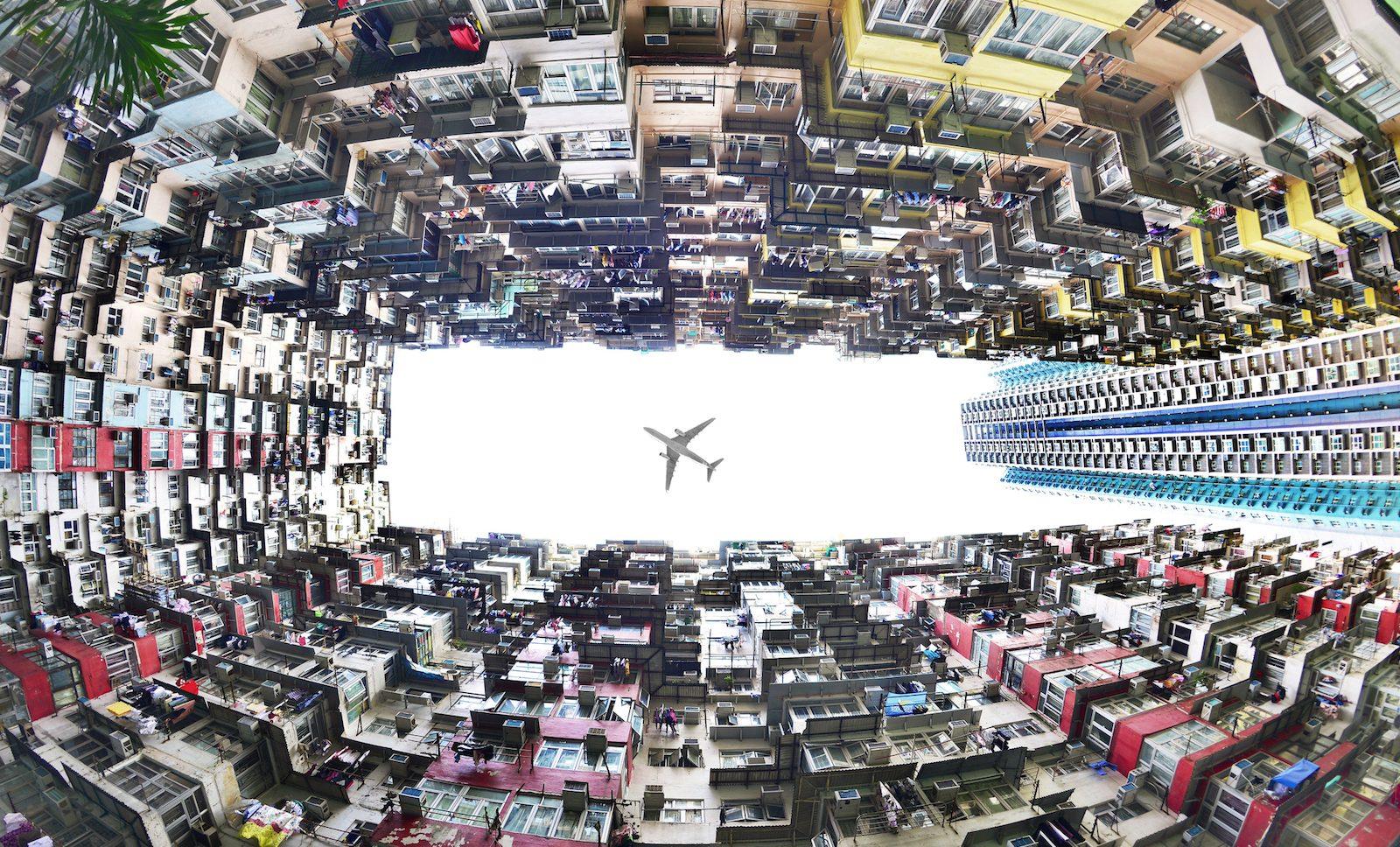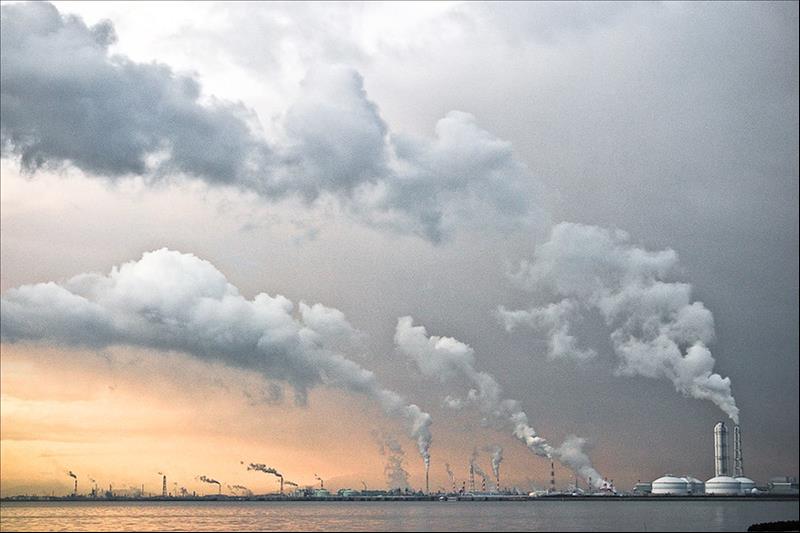
The Need To Transcend Carbon Tunnel Vision
By now, it is well known that climate change is driven by greenhouse gas emissions, making multi-country decarbonization efforts particularly urgent.
However, we also need to make sure we do not fall prey to“carbon tunnel vision” – that is, focusing only on emissions while ignoring other interrelated problems that contribute to climate change.
For example, we are in the midst of the sixth mass extinction , primarily caused by human activity. Current species extinction rates are occurring between 1,000 and 10,000 times higher than the natural extinction rate .
In addition, biodiversity loss threatens u p to one million species as well as irreplaceable ecosystems. As ecosystems break down, it affects the Earth's ability to self-regulate and disrupts natural carbon cycles in land and sea which further exacerbates climate change .
Another interrelated issue is chronic overconsumption, which is increasing at an alarming rate, particularly in high-income countries . In fact, resources are being depleted at a rate that is exceeding planetary boundaries .
Not only is overconsumption a key driver of the climate crisis , but as resources become more scarce, it impedes our ability to roll out certain climate solutions.

More Afghan withdrawal fallout for the US

A novel analysis of gold's skyrocketing surge

High time for real US-Japan defense cooperation
For example, the multitudes of devices and appliances we use and replace every few years use up similar rare earth metals that are required for solar panels, wind farms, and electric vehicles.
Fortunately, many of these challenges can be solved in tandem. Yet, in order to do so effectively, two elements are needed: political willpower to execute change and transformative education on sustainable development to ensure the continuity of progress into the future.
Political willpower is needed at all levels, including at the local, state, national, regional and global levels. If certain powerful countries are blocking progress, other countries can still move forward.
For instance, during the Trump presidency, which reversed 99 environmental rules and regulations and temporarily pulled out the US of the Paris Climate Agreement, the European Union forged the European Green Deal .
During this time, China also emerged as the world's largest producer of renewable energy . Additionally, in 2020, The High Ambition Coalition for Nature and People launched the 30×30 initiative to protect 30% of Earth's land and ocean area by 2030, with over 50 nations signing on by January 2021.
Progress can also continue at other levels if one level is at an impasse. If federal gridlock is freezing the passing of legislation, stakeholders from across sectors can and do work to advance environmental agendas.
For example, after Trump withdrew from the Paris agreement, over 1,200 US states, cities, tribal nations, companies and universities pledged their support for the Paris Agreement and committed to climate action in the absence of federal leadership.
In Colombia, a group of 25 children and youth took matters into their own hands by suing their national government for failing to curb deforestation and won in a historic ruling .
And over 240 scientists (two-thirds of whom are from Amazonian countries) have formed the Science Panel for the Amazon to save the largest forest on Earth.
The second key to solving today's complex environmental and social challenges is to ensure that individuals across generations are educated and knowledgeable about the urgent issues facing our planet.
Education for Sustainable Development (ESD) is a vibrant field dedicated to teaching everyone the basic principles and values of sustainability. Through ESD, the next generation has the foundational tools and skills to continue to take action towards a sustainable future.

Sign up for one of our free newsletters
- The Daily ReportStart your day right with Asia Times' top stories AT Weekly ReportA weekly roundup of Asia Times' most-read stories
For example, the Global Schools Program has trained over a 1,000 teachers and engaged 176,000 students in ESD. Meanwhile, the Laudato Si Movement, brought about by Pope Francis' encyclical, has inspired and mobilized Catholics all around the world to care for the environment and achieve ecological justice.
A problem as serious and immense as climate change cannot be solved through just one channel, like emissions reductions. Instead, it will require progress to be made along multiple fronts in parallel, complemented by political stability and transformative education for sustainable development.
Life on Earth remains interconnected – our fate is inextricably tied to the fate of all living creatures and systems around us. This upcoming Earth Day, let us remember that we need interconnected solutions to solve interconnected problems, and that progress for one is progress for all.
Justin Liew is a research analyst at UN Sustainable Development Solutions Network and Sunway University
Thank you for registering!
An account was already registered with this email. Please check your inbox for an authentication link.

Legal Disclaimer:
MENAFN provides the
information “as is” without warranty of any kind. We do not accept
any responsibility or liability for the accuracy, content, images,
videos, licenses, completeness, legality, or reliability of the information
contained in this article. If you have any complaints or copyright
issues related to this article, kindly contact the provider above.


















Comments
No comment